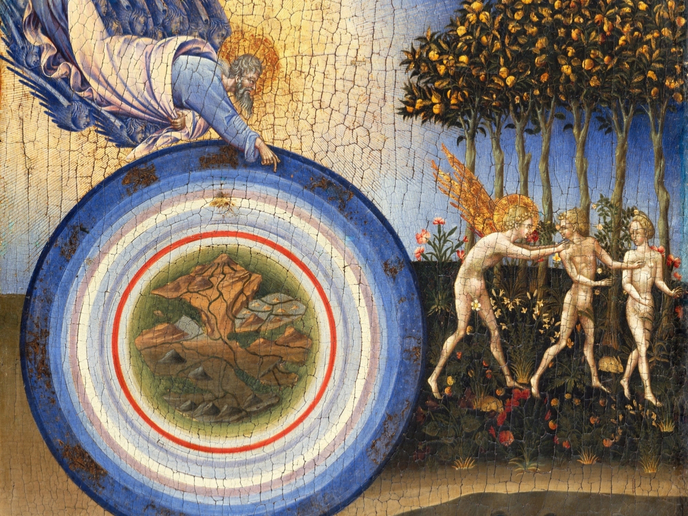The double truth – science and religion in the Middle Ages
The BoundSci project addressed the confrontation of natural philosophy (i.e. science) and religion during a scientific revolution in the late Middle Ages. This research was undertaken with the support of the Marie Curie programme. “Scholastics regularly addressed the question of the world’s eternity and its conflict with Creation,” notes MSC project fellow Dr Ann Giletti. European society had a deeply embedded religious outlook at the time, rendering this philosophical theory at odds with Christianity. This made it difficult for Latin scholastics to embrace natural philosophy, as it would mean being associated with ideas unacceptable to Christianity. Protecting the right to scientific exploration The project had two core goals. The first was to understand why medieval university scholastics sometimes labelled controversial theories ‘heretical’ even when they were not. The second focused on why some of these writers did this when in fact they were not themselves adverse to the ideas. “BoundSci examined a high volume of medieval texts to see how academic specialists of the time approached this controversy, and what strategies they employed to engage with, or reject, new scientific ideas,” Dr Giletti reports. She offers an example: “In confronting the theory that the world was eternal and its denial of Creation according to the Bible, scholastics such as Thomas Aquinas, Giles of Rome and Boethius of Dacia said that to hold the world actually was eternal was ‘heretical’.” Nonetheless, they considered that it was theoretically possible. In taking this stance, they could explore the issue fully, and at the same time maintain their identities as scientists and as Christians. The ‘double truth’ The project employed a novel research approach by focusing on the delineation between science and heresy. “BoundSci’s methodology involved turning to the voices of the controversy’s protagonists themselves, in the context of their debates and their most rigorous writing on the issues,” the fellow reveals. Their outbursts about heresy in fact shed light on how they used their works to actually put forward risky opinions and confrontational positions. One unexpected research outcome concerns the double truth phenomenon – “the position of holding two contradictory ideas, one according to science or philosophy, and the other according to religion,” Dr Giletti explains. While modern scholars have said that no medieval academics actually held this view, project research determined that there were scholastics who were guilty of holding this scandalous position. Scientific communities As an interdisciplinary project, its impact is on the fields of history of philosophy, science and theology. “More broadly,” Dr Giletti states, “BoundSci is revealing about how scientific communities function within their societies and cultural outlooks, a matter that is acutely relevant today.” Research findings have been disseminated through three articles, six conference and seminar papers, and six public engagement activities. BoundSci also organised the international conference ‘Forbidden Ideas’, held at Oxford University in April 2018. More information about the project is available through the fellow’s own writings on the BoundSci blog.
Keywords
BoundSci, science, religion, Middle Ages, medieval, Latin scholastics, scientific exploration, natural philosophy, double truth




